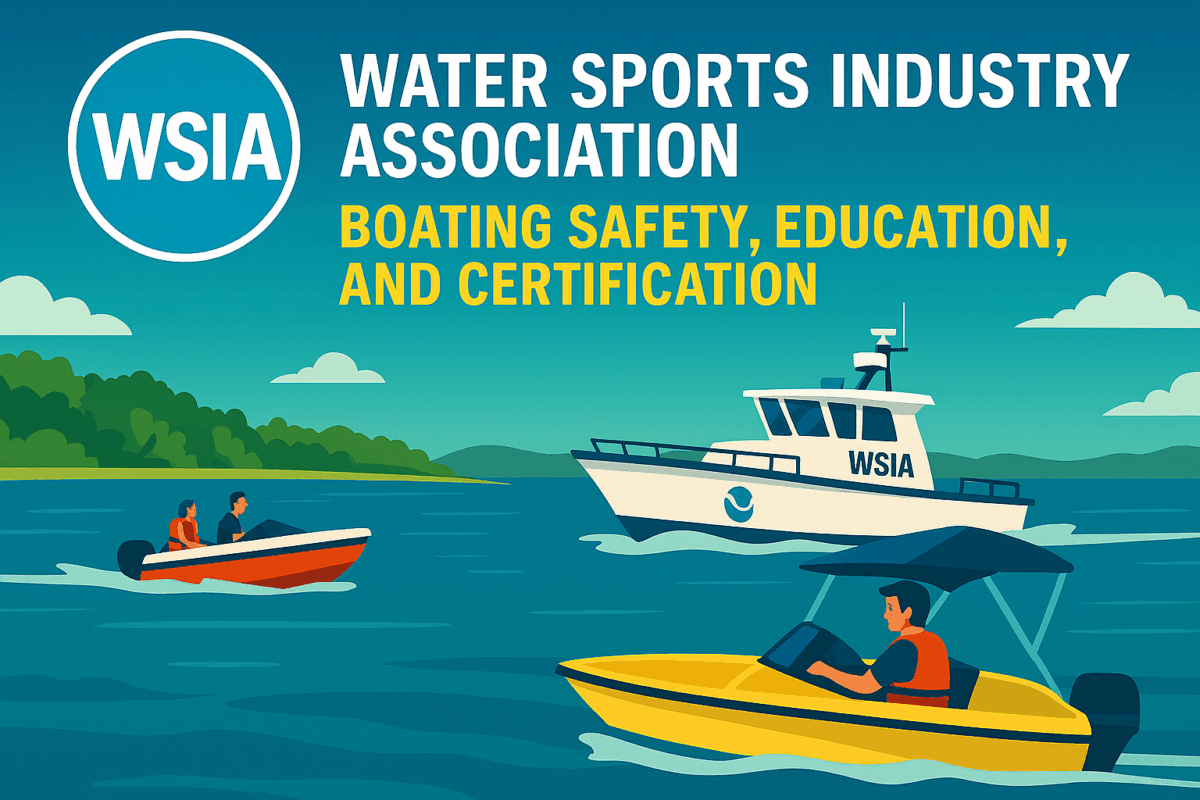Call: 1-800-832-7191

WSIA Decontamination Database
Understanding the WSIA Decontamination Database
Aquatic invasive species threaten ecosystems and infrastructure. The WSIA Decontamination Database helps track and manage decontamination efforts nationwide. This tool supports agencies, boaters, and waterway managers in preventing the spread of harmful organisms.
Instead of relying on scattered reports, users can access centralized data. The database includes facility locations, operational hours, and treatment methods. These details improve coordination and enhance response strategies across regions.
How the WSIA Decontamination Database Supports Waterway Protection
Clean water starts with prevention. The WSIA Decontamination Database provides essential information for stopping invasive species before they spread. Boaters can locate nearby stations and understand local requirements.
Agencies use the database to monitor trends and identify high-risk areas. This insight helps allocate resources effectively. By sharing data, stakeholders improve transparency and build stronger partnerships.
For more information on aquatic invasive species, visit the U.S. Fish and Wildlife Service AIS Program.
What You’ll Find in the Database
The database includes searchable listings of decontamination stations. Users can filter by state, waterbody, or species risk level. Each entry provides contact details and treatment protocols.
Updates appear regularly to reflect seasonal changes and new station openings. This ensures boaters and managers have access to the most current information. Staying informed helps reduce delays and improve compliance.
Why Boaters Should Use the WSIA Decontamination Database
Boaters play a key role in protecting waterways. The WSIA Decontamination Database empowers them to take proactive steps. By locating and using certified stations, they help prevent ecological damage.
Invasive species like zebra mussels and hydrilla can hitch rides on boats and gear. Decontamination stops these threats before they reach new environments. Responsible boating begins with informed choices.
Enhancing Regional Coordination
Waterways often span multiple jurisdictions. The WSIA Decontamination Database bridges gaps between states, agencies, and organizations. Shared data improves consistency and reduces duplication of efforts.
Regional managers use the database to identify coverage gaps and plan outreach. This coordination strengthens prevention strategies and supports long-term conservation goals. Collaboration leads to better outcomes for all stakeholders.
Final Thoughts:
Protecting waterways requires teamwork and technology. The database offers a powerful tool for managing invasive species risks. It supports boaters, agencies, and conservationists with reliable, actionable data.
Explore the database regularly to stay informed and compliant. Whether you’re launching a boat or managing a marina, this resource helps safeguard aquatic ecosystems.
